At this point in my series on transmedia storytelling, I’ll step down off my TRANSMEDIA IN THE CLASSROOM IS GREAT soapbox to share with you a few of my favorite transmedia series. If you’re reading any of these works with your students, consider exposing them to some (or all) scenes from these fantastic online adaptations:
- The Lizzy Bennet Diaries (Pemberley Digital)/ adapted from Pride and Predjudice by Jane Austen: The transmedia series that launched a storytelling revolution. If you’re looking to get into transmedia, this is for sure the place to start. Lizzie is a 20-something grad student with a mountain of student loan debt and a vlog to share her strong voice and perspective. (Relatable much?)

Source: Wikipedia - Emma Approved (Pemberley Digital)/ adapted from Emma by Jane Austen: Lucky for me as a Janeite, adaptations of Jane Austen’s works are very popular! EA was Pemberley Digital’s second transmedia story and perfectly refashions Emma, a heroine whom Austen once famously remarked nobody but herself would like, as a lifestyle and matchmaking coach who gets it wrong a LOT before she learns to get it right.
- The Autobiography of Jane Eyre (KalamaTea)/ adapted from Jane Eyre by Charlotte Brontë: Jane is the artistic and principled live-in tutor for the Rochester family. Although unfortunately plagued by production difficulties toward the end of the series (namely with the actor playing Rochester), I think it still stands up. It’s also one of the most naturalistic transmedia stories I’ve seen.
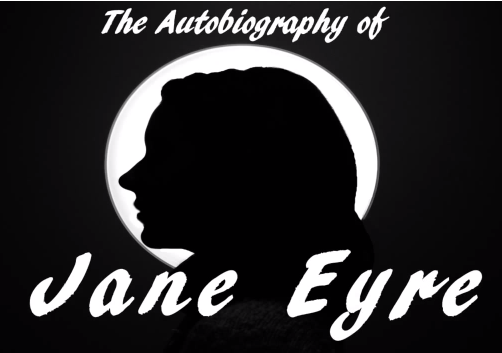
Source: theautobiographyofja.wix.com - From Mansfield with Love (Foot in the Door Theatre)/ adapted from Mansfield Park by Jane Austen: Another Austen classic, this time tackled by a British production company. FMWL’s heroine Fanny is rather more spirited than her textual counterpart, probably a necessity for making this story work in the modern day. The real star of this production? Its acting and the realistic relationships built between the characters.
- Green Gables Fables Adapted from Anne of Green Gables (and the rest of the Anne series) by Lucy Maude Montgomery: Most transmedia series last for just one season; GGF is the exception to that rule, capturing elements of the first three Anne books in two seasons. Not as slick and polished in terms of production value as some of the other series on this list, since it was created by college students — but GGF is utterly charming and full of heart, just like its source. You’ll fall in love with Anne, Diana, and Gilbert, and the rest of Avonlea all over again.

Source: YouTube - Frankenstein, MD (PBS Digital Studios presented by Pemberley Digital)/ adapted from Frankenstein by Mary Shelley: Shelley’s Victor Frankenstein has here been transformed into ambitious young medical student Victoria Frankenstein, who vlogs about her experiments in the lab as a way to document what she believes will be her future greatness. I love the gender-bent casting here, and actress Anna Lore does an excellent job portraying a Victor/ia that is ambitious, arrogant, and just disdainful enough of friends and colleagues in her search for scientific breakthroughs.
- The March Family Letters (Cherrydale Studios presented by Pemberley Digital)/ adapted from Little Women by Louisa May Alcott: A wonderfully inclusive reimagining of Alcott’s novel, in which Beth identifies as asexual (ace), Laurie is a POC, and uptight Meg must come to terms with her sexuality when she finds herself attracted to Joan (fka John in the original). I think Alcott would love it.
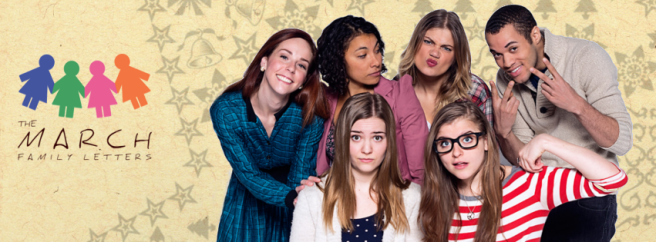
Source: marchfamilyletters.ca - A Tell-Tale Vlog (Shipwrecked.)/ adapted from “The Raven” by Edgar Allan Poe: Okay okay. I admit: ATTV is not technically transmedia since it’s told exclusively in vlog format. Nonetheless, I had to include this ridiculous/hilarious webseries on this list. It shows the dreary Poe’s slog to write “The Raven” while he is annoyingly haunted by a sassy ghost named Lenore, who puts up with none of his nonsense. Shipwrecked. is currently in production for a new webseries, Edgar Allan Poe’s Murder Mystery Dinner Party, which of course includes an actual murder and promises to be as funny as it sounds, featuring other literary guests like Hemingway, Dickinson, and Wilde.
- The New Adventures of Peter and Wendy Adapted from Peter and Wendy by J.M. Barrie: My newest find, NAPW proves that even speculative or fantastical texts can be successfully adapted into transmedia set in the present day. Neverland is almost like a regular town, except that it sits on a magical hotspot, meaning there are a large number of fairies hanging around. One of those is Tinkerbell, and the camera often cleverly acts as her POV. I’m obsessed with this adorable rom-com, in which man-child millenial Peter must work through his immaturity if he wants to win back the heart of childhood friend Wendy. It enters its third season this fall.
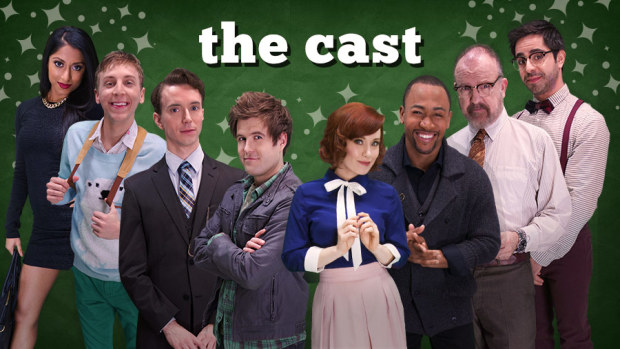
Source: indiegogo.com
By no means an exhaustive list! There is so much good stuff out there. What transmedia stories are you hooked on?



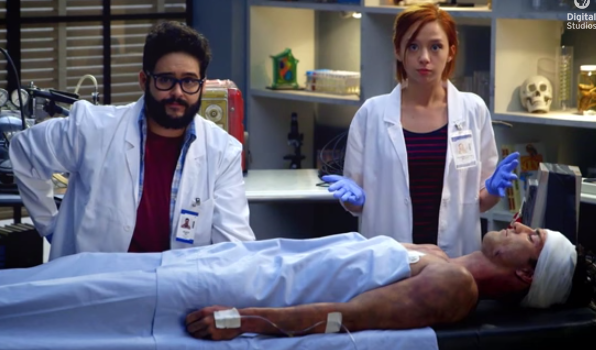
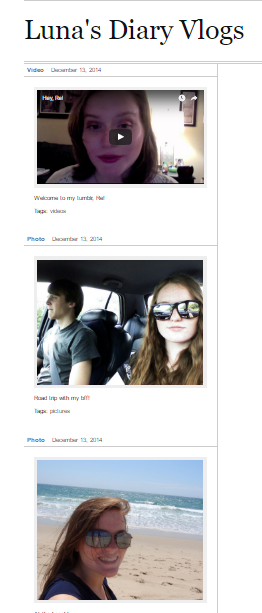
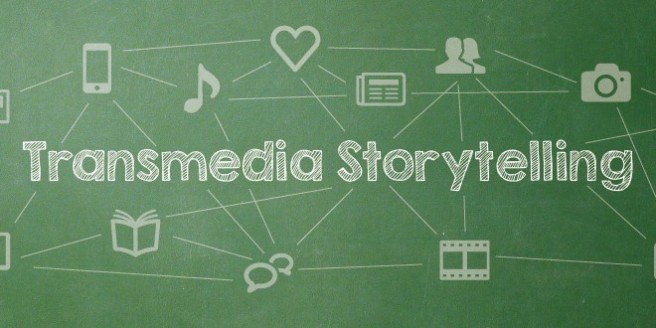


 What am I doing at the front of this room full of sophomores to have captured their attention so thoroughly? Simple: I’m reading aloud to them, out of Elie Wiesel’s Holocaust memoir Night.
What am I doing at the front of this room full of sophomores to have captured their attention so thoroughly? Simple: I’m reading aloud to them, out of Elie Wiesel’s Holocaust memoir Night. Model reading fluency. Popcorn reading, while often thought to increase reading fluency through practice, can have an adverse effect on fluency by increasing student anxiety. On the other hand, when I read aloud to my students, I am able to intentionally model fluent reading, making sure to speak slowly and clearly, pausing at or emphasizing certain moments as indicated by the text. Students are exposed to fluent reading in a manner that is, for them, completely low stakes, increasing their comprehension and engagement.
Model reading fluency. Popcorn reading, while often thought to increase reading fluency through practice, can have an adverse effect on fluency by increasing student anxiety. On the other hand, when I read aloud to my students, I am able to intentionally model fluent reading, making sure to speak slowly and clearly, pausing at or emphasizing certain moments as indicated by the text. Students are exposed to fluent reading in a manner that is, for them, completely low stakes, increasing their comprehension and engagement.